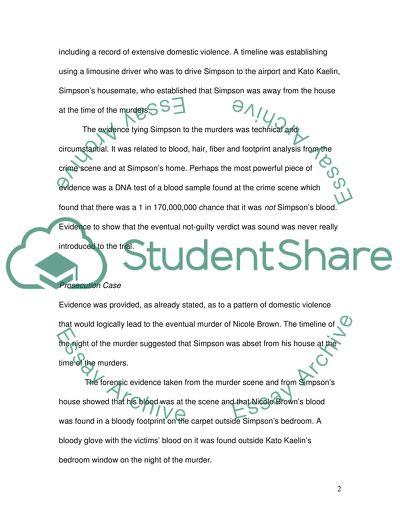Cite this document
(Review of the O.J. Simpson Case Study Example | Topics and Well Written Essays - 1250 words, n.d.)
Review of the O.J. Simpson Case Study Example | Topics and Well Written Essays - 1250 words. https://studentshare.org/law/1539082-case-review-on-oj-simpson
Review of the O.J. Simpson Case Study Example | Topics and Well Written Essays - 1250 words. https://studentshare.org/law/1539082-case-review-on-oj-simpson
(Review of the O.J. Simpson Case Study Example | Topics and Well Written Essays - 1250 Words)
Review of the O.J. Simpson Case Study Example | Topics and Well Written Essays - 1250 Words. https://studentshare.org/law/1539082-case-review-on-oj-simpson.
Review of the O.J. Simpson Case Study Example | Topics and Well Written Essays - 1250 Words. https://studentshare.org/law/1539082-case-review-on-oj-simpson.
“Review of the O.J. Simpson Case Study Example | Topics and Well Written Essays - 1250 Words”. https://studentshare.org/law/1539082-case-review-on-oj-simpson.


